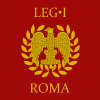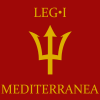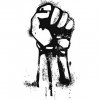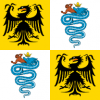General Deth Glitch
Two Thousand Club
Nation form:
Name:
Flag:
History:
Government:
Strengths:
Weaknesses:
Resources:
Population: (Real World/50)
Military:
Territory: (What city you want basically)
Anthem:

The Great In Character Thread!
(Old Interest Check)
OOC
Name:
Flag:
History:
Government:
Strengths:
Weaknesses:
Resources:
Population: (Real World/50)
Military:
Territory: (What city you want basically)
Anthem:
The Great In Character Thread!
(Old Interest Check)
OOC
Last edited:


















































